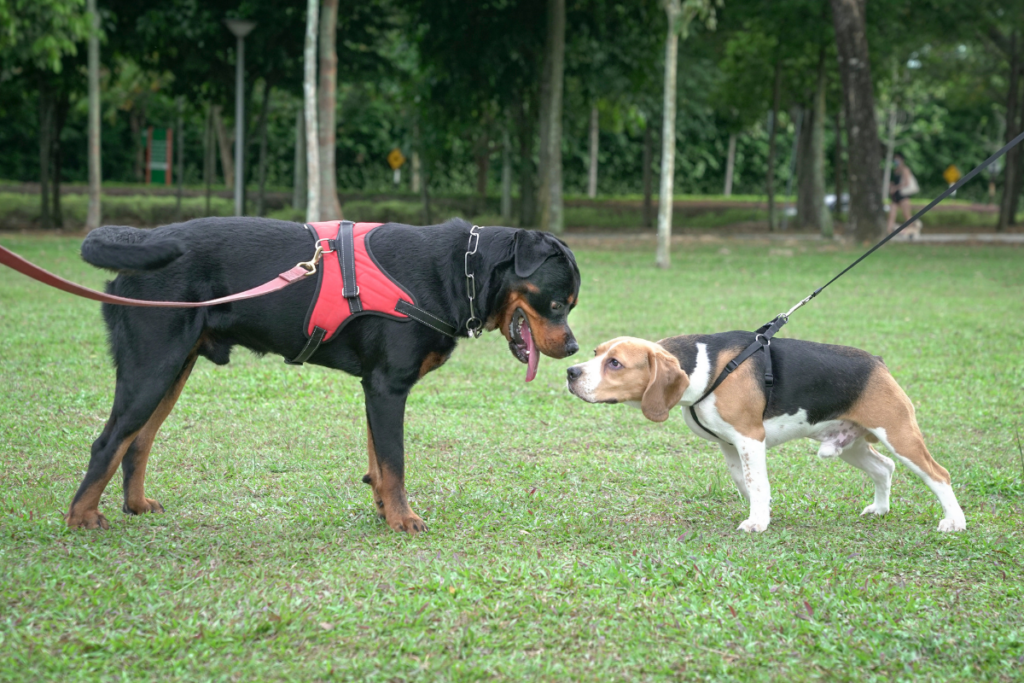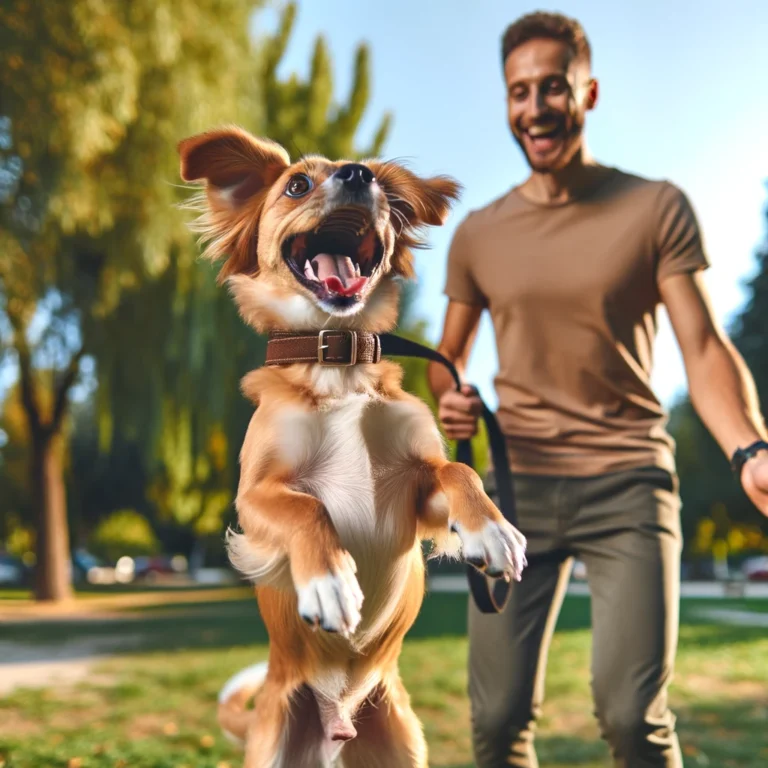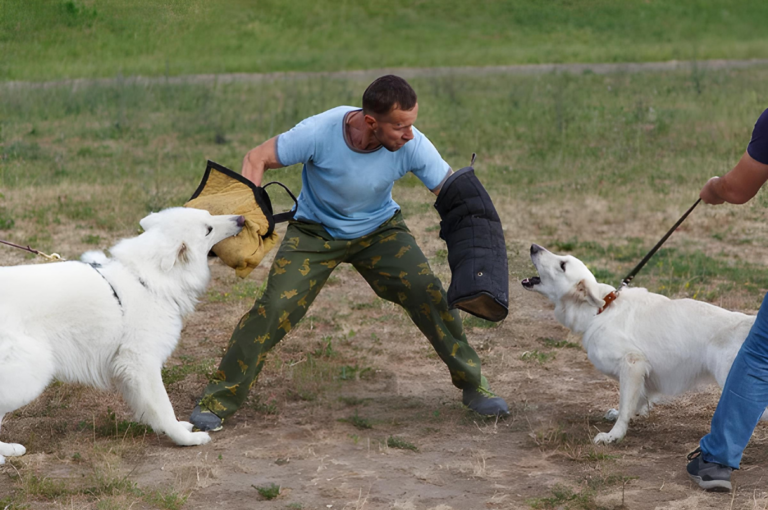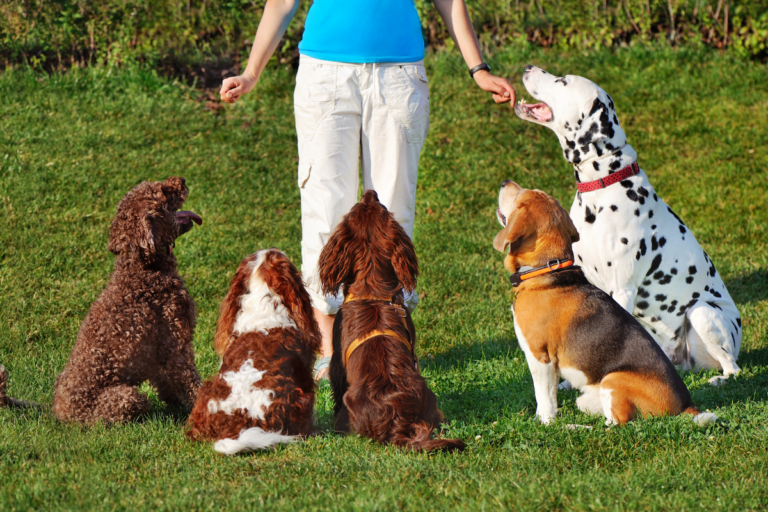How to Socialize a Shy or Anxious Dog

Turning Shy Pups into Social Butterflies
Do you remember how your dog becomes hysterical when you try to put it in a crate, or how it shakes when someone comes to your house or it sees another dog on the street? If so, you’re not alone. Many dogs, just like people, can be awkward and timid in unfamiliar environments.
However, this doesn’t mean you can’t help your pet become more comfortable with interactions and adapt to the social activities that are likely inevitable throughout its life. So, here’s a list of fun and effective suggestions to help your dog come out of its shell.
Taking It Slow: The Art of Gradual Exposure
For sure, socialization is highly recommended and should be done slowly in order to ensure that the dog relieves its shyness or anxiety. It’s like jumping into a pool without checking water quality, you dog requires time to analyze what’s going on around them.
The purpose is simply to acclimatize these students into new situations gradually to afford them the opportunity to adapt to these changes as and when they wish.
- Start small: First of all, go out for short periods and in situations that do not cause any great pressure.
- Increase exposure: Leverage these outings and introduce more activity to your dog as he or she gets used to the outside environment.
Tip: If your dog is cowardly, let him watch from a distance. They’ll get back to you when they want more.
Making Fur-iends: A Step-by-Step Guide to Meet & Greet

New faces or objects can pose a lot of stress to a shy dog since he or she has never come across them before. However, as we shall see in the following steps, these introductions can be totally un-problematic.
The first thing to do when socializing your dog is taking him out for socializing sessions with one person, or one pet at a time and the environment should be calm. The way they get in contact with one another should be short and always pleasant; the dog must be calmly rewarded with a treat or praise when it is calm.
- One at a time: Introduce your dog to one person or pet at a time in a controlled environment.
- Positive reinforcement: Reward calm behavior with treats or praise to build positive associations.
Tip: Give your dog the space to approach new people or pets on their own terms. Forcing interaction can heighten anxiety.
Pawsitive Strategies for Social Butterflies-in-Training
Dog socialization for a shy or nervous canine has to be very well planned and gradual. One of the possible approaches is oriented to construct positive attitudes towards social setting.
For example, if your pet hacks other pets, then ensure that you carry their favorite toy or something to chew for instance a chewing bone during these incidences. A fourth method is to introduce obedience training in social situations which also make your dog feel in charge so that they can have self-confidence.
- Consistency is key: This means that exposing your dog to new situations coupled with some encouragements, you will over some time be able to create a comfort zone within your pooch.
- Pay attention to body language: The fact of the matter is that every dog is different, therefore, it is important to advance at a great which can be convenient for the dog.
Calling in the Pros: When Extra Help is Needed
While most of the dogs can socialize or get over the shyness or anxiety, it may take some time and practice and the others may require some assistance. If your dog shows signs of severe anxiety or the anxiety doesn’t seem to fade then maybe it’s time to consult a professional.
A certified dog trainer or behaviorist will be able to offer more information and advice with regards to your dog’s problem and its treatment. They may also address other factors that may be precipitating the anxiety of your dog.
For more information on when to seek professional help, check out this website.
From Nervous Nellie to Confident Canine: The Benefits of Socializing
Training an anxious dog entails a number of advantages that help the personality of the dog. Socialized puppy in a way that the dog has higher quality of confident and calm to handle and especially when you are taken to vet or to other families. Also, socialized dogs are longer happy lives, the reason being, such dogs are in a position to interface with the environment.
- Increased confidence: Socialized dogs tend to be more confident and less fearful in new situations.
- Happier pet: A well-socialized dog is generally a happier, more relaxed companion.
Wagging Tails and Happy Trails: Your Journey to a Social Dog
The idea of making your shy or anxious dog more friendly is not going to be easy, but that merely means that you have to be patient, persistent and loving.
Just take baby steps that’s always good – and remember the small successes, and do not hesitate to ask assistance if necessary. Following the playful tips that are outlined above, your dog will soon become more confident and outgoing and ready to face the world with his wagging tail.
Always bear in mind, the progress from one level to another even though it entails slight progress should be regarded as success. Stick to it, and before very long the over-awed youngster that you may have had only a few days before will be wagging its tail in pride at the first sight of company. For more tips in dog behavior and socialization, check out the tips given here.
Happy socializing! 🐾






